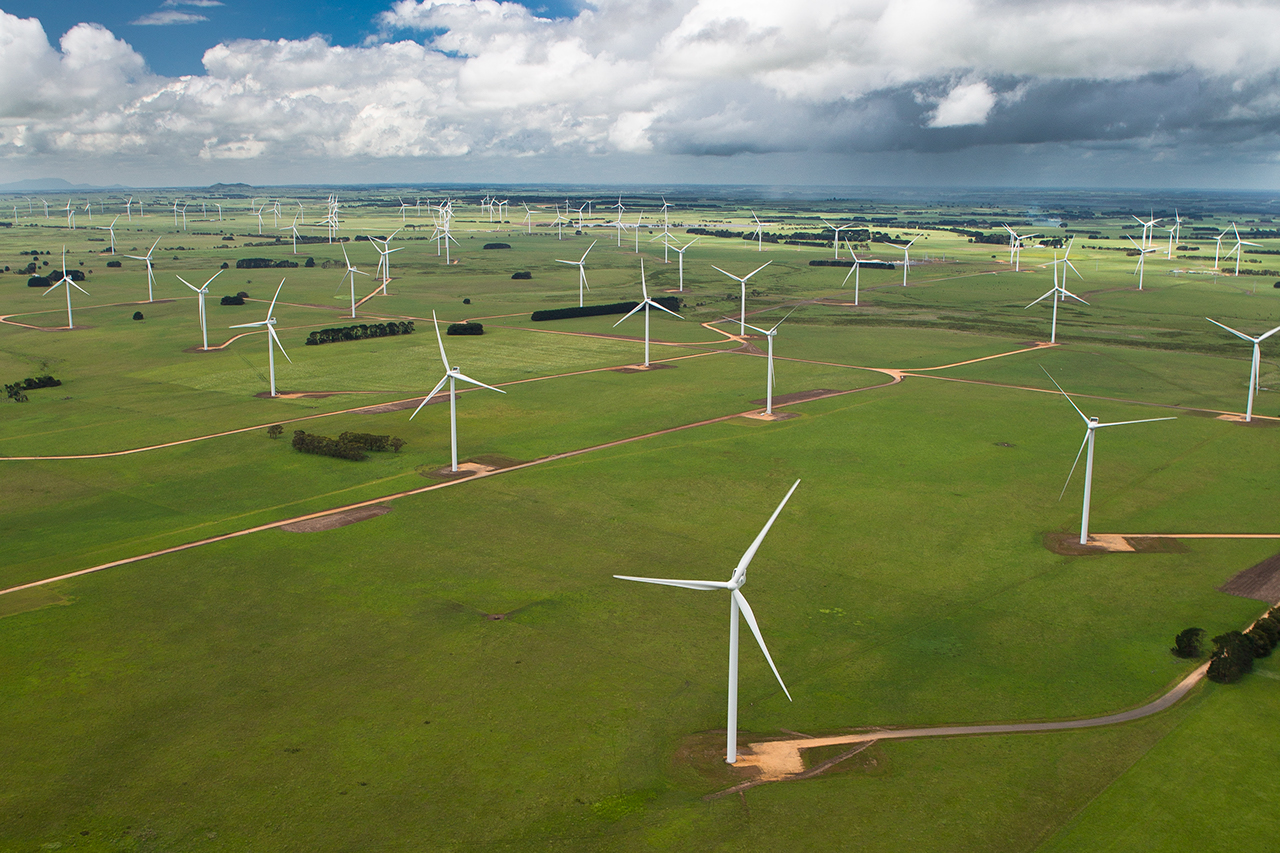Scale Up Now for sustainable energy
To limit global warming in line with the 1.5 degree scenario of the Paris Agreement, we need to drastically reduce global carbon emissions by 2030.
To cut carbon emissions, we need to Scale Up Now
To limit global warming in line with the 1.5 degree scenario of the Paris Agreement, we need to drastically reduce global carbon emissions by 2030.
The global energy system has a vital role to play in the journey to reduce carbon emissions, but decarbonizing global energy depends on worldwide political commitment to the green energy transition.
COP26 is a chance to make the shift from talk, into action.
The solutions needed to reduce carbon emissions already exist, but without a drastic scale up of these solutions, we won’t be able to decarbonize the main components of the global energy system. Policy makers must act to scale up now.
Meeting the conditions of the Paris Agreement requires a drastic shift from talk, to action. We need policy makers to support a shift in investment patterns, remove regulatory obstacles, and focus on building electricity infrastructure. It costs less to save our planet, than it does to spoil it.
Morten Dyrholm, GSVP Gl.Marketing, Com. Sustainability & Public Affairs
From grey, to green
Decarbonise electricity faster - Scale up green electricity now
Placing renewable-generated power at the center of energy systems is the underlying condition for slashing carbon emissions, but decarbonizing power still has a long way to go. Currently renewables account for 29% of global electricity generation. The remaining 71% is powered by fossil fuels and nuclear. To enable a decarbonized global energy system, renewable capacity has to reach 9 times today’s capacity by 2050.
Decarbonise electricity faster - Scale up renewable energy now
Decarbonizing electricity is a key condition for decarbonizing the broader energy landscape, it is the foundation upon which a sustainable energy system should be built. Decarbonizing electricity can be achieved through installing more renewable power generation (eg, wind, solar). At present, renewables are not being installed fast enough to decarbonize electricity at the pace needed to meet the 2030 timeline. Installing at the current pace would get us to net-zero compatible capacity by 2104.
Less talk, more action
Make renewable installation easier, Scale up renewable energy installations now
Policy makers must support the decarbonization of electricity by making renewable installations easier, and by ensuring that the necessary infrastructure and flexibility solutions are in place to connect new renewable power plants with demand. This can be achieved by removing regulatory obstacles, such as permitting, that slow down the development of renewable power projects.
Shift investment to clean tech
Make renewables central in global energy investment, Scale up renewable investment now
Energy investment must shift from fossil fuels into renewables, electricity networks and flexibility solutions, such as storage. This is critical to ensure that sustainable energy components can scale up. Shifting investment not only yields positive returns with regard to emissions reductions, it delivers long-term societal value, as well as GDP growth. Investing in net-zero will increase the GDP by 4% by 2030.
